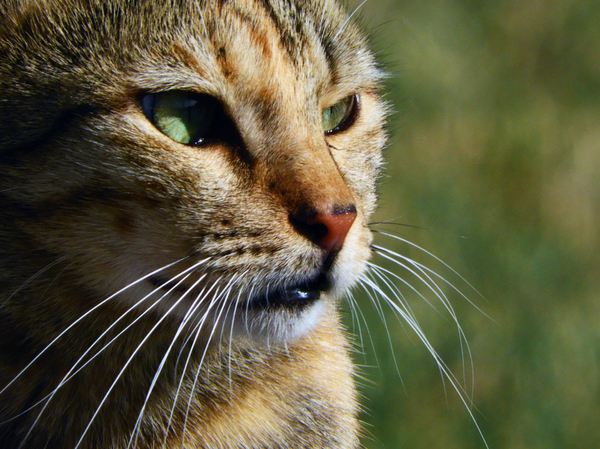Understanding Clumping vs. Non-Clumping Cat Litter

Cat litter and litter boxes play a pivotal function in the lives of both felines and their owners. From the humble beginnings of sand and soil to the ingenious improvements of today, the world of cat litter has developed substantially. In this comprehensive guide, we explore every aspect of cat litter and litter boxes, exploring their history, types, benefits, difficulties, and everything in between.
The history of cat litter dates back centuries, with ancient civilizations using sand, soil, and even ashes as primitive litter materials. However, it wasn't up until the mid-20th century that contemporary cat litter as we understand it emerged. In 1947, Edward copyright presented the world's very first industrial cat litter made from absorbent clay, changing the method felines relieved themselves inside. Ever since, cat litter has actually gone through many improvements, with the intro of clumping litter, silica gel litter, eco-friendly alternatives, and more.
Today, feline owners are spoiled for choice when it comes to selecting the ideal litter for their feline buddies. Standard clay litter stays popular for its cost and effectiveness in absorbing smells. Clumping litter, which forms strong clumps when wet, streamlines cleaning and maintenance. Silica gel litter, composed of extremely absorbent silica crystals, provides exceptional odor control and longevity. Biodegradable alternatives, such as recycled paper, wood pellets, corn, and wheat, interest ecologically conscious consumers.
Each kind of cat litter uses unique advantages. Clay litter masters its ability to absorb wetness and control smells, making it a reliable option for numerous cat owners. Clumping litter simplifies day-to-day scooping and extends the time in between complete litter modifications. Silica gel litter offers remarkable odor control and can last longer in between replacements. Biodegradable litters offer a sustainable option that lessens environmental effect.
While cat litter improves indoor feline hygiene, it is not without its obstacles. Dust from clay litter can position respiratory threats for both cats and human beings, triggering cat litter scoop the popularity of dust-free options. Some cats might develop litter box aversion due to problems with texture, scent, or cleanliness, necessitating experimentation with various litters and box configurations. Multi-cat families may need strategic litter box positioning and frequent upkeep to prevent territorial disputes and make sure all cats have access to clean centers.
Choosing the cat litter boxes proper litter box is vital for promoting positive litter box practices and overall feline wellness. Factors to think about include size, ease of access, and design choices. Covered litter boxes provide personal privacy and help include smells, but some felines may discover them restricting or daunting. Open-top litter boxes use easy gain access to and visibility but might result in more litter scatter. Automatic self-cleaning litter boxes enhance maintenance but need regular monitoring and maintenance.
Proper litter box maintenance is vital for ensuring a tidy and welcoming environment for both cats and their owners. Daily scooping eliminates waste promptly, lessening smell and discouraging litter box hostility. Routine litter replacement, typically every 1-2 weeks, prevents bacterial accumulation and maintains optimal absorbency. Extensive cleansing with mild detergent and water, preventing extreme chemicals that may discourage felines from utilizing the box, ought to be carried out monthly.
Cat litter and litter boxes play a main function in promoting a healthy and unified relationship in between cats and their human buddies. With a varied array of litter choices and litter box styles available, cat owners have the flexibility to customize their options to match their cats' preferences and household needs. By comprehending the advancement, types, advantages, Modern Litter Boxes and challenges of cat litter and litter boxes, pet owners can offer their feline pals with a comfy and hygienic indoor environment.